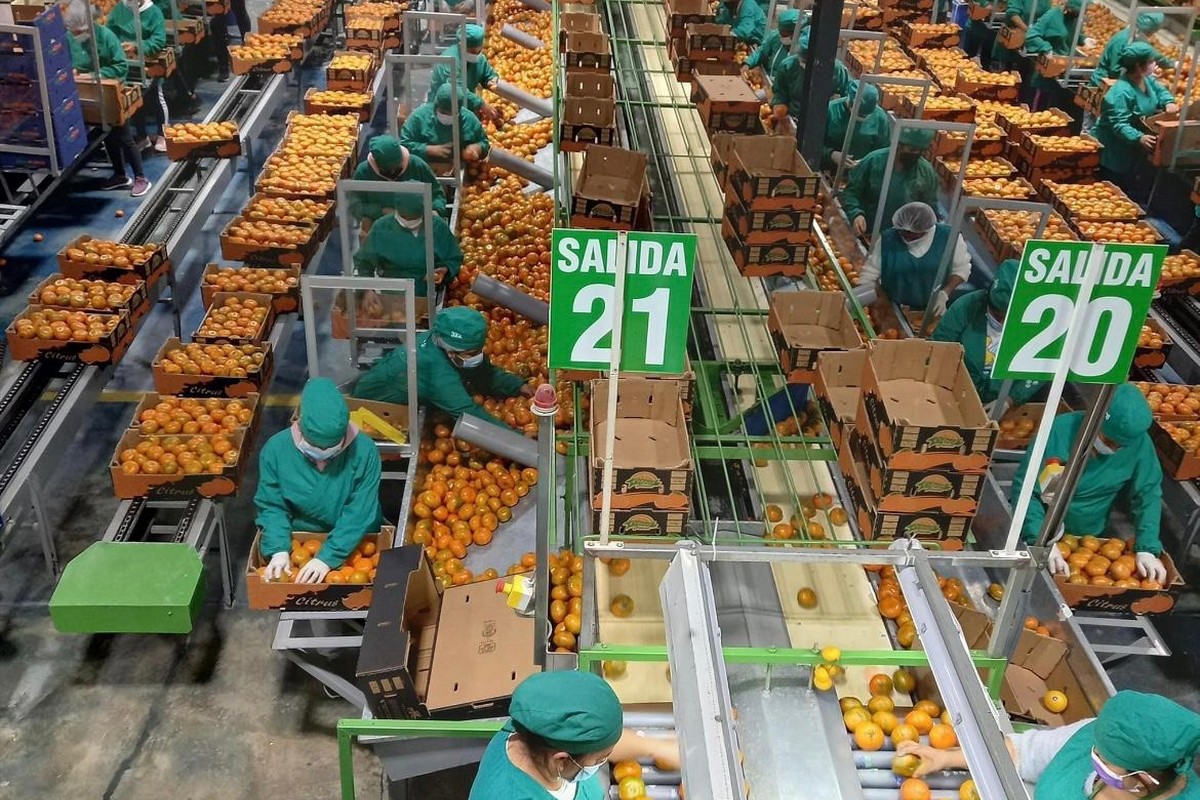
Similar Posts
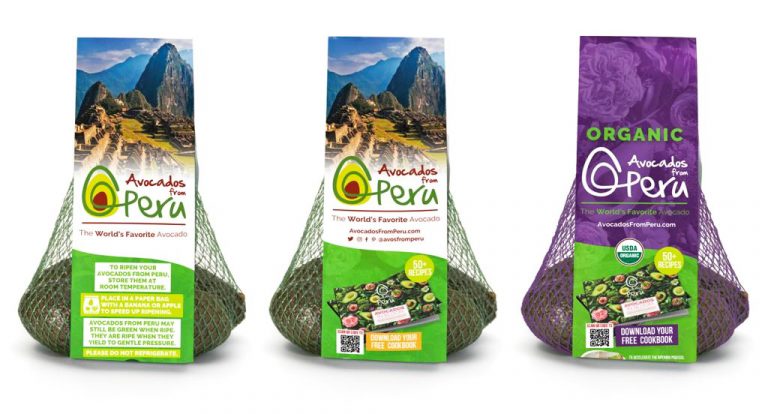
We have already opened no fewer than 73 markets for our Hass avocados
What started in 1999 as a collaboration between 13 Hass avocado producers in the central coastal area of Peru, with a total area of just 200 hectares, is nowadays an association with 71 associated producers and exporters. In 2023, Peru shipped 558,000 tons of Hass avocados to international markets and ranked as the second-largest Hass…
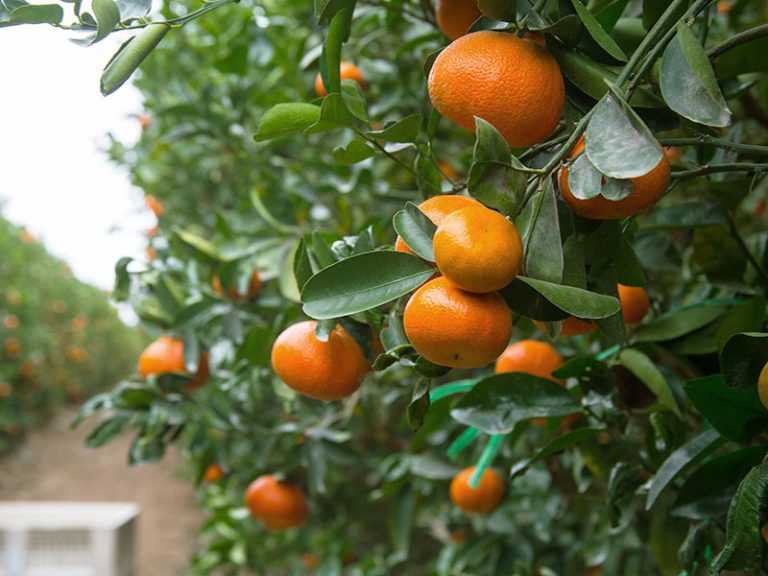
Modern easy peeler varieties give a boost to Peruvian mandarin exports
While Peruvian mandarin shipments to overseas destinations doubled from 20,000 tons in 2005 to 40,000 tons in 2013, exports truly picked up pace in the following eight years, reaching 200,000 tons by 2020. “The reason for this impressive growth was the introduction of modern easy peelers varieties, particularly the Nadorcott and Tango,” says Alfonso Rizo-Patrón,…
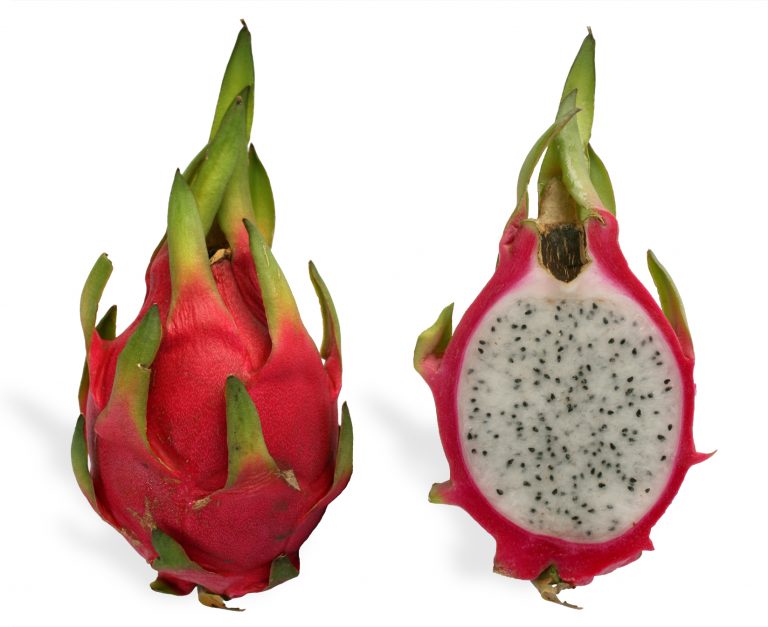
Spain and the Netherlands, the main destination markets for Peruvian pitahaya
In the first quarter of 2024, Peru exported 138 tons of fresh pitahaya for US$392,391. This is 178% and 287% more volume and value, respectively than the 50 tons and US$101,329 achieved in the same period of the previous year. The average price of pitahaya has also experienced a significant increase, growing by 39%, from…
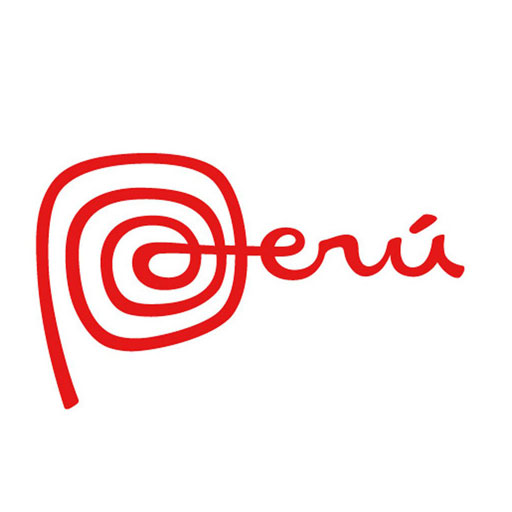
Statement: Situation in Peru
Regarding the different social protests recently experienced in Peru that could affect in any way the travel decision of tourists, we want to express that the public and private institutions of the tourism sector are executing several actions to attend and guide national and foreign tourists in the different regions of the country. In this…
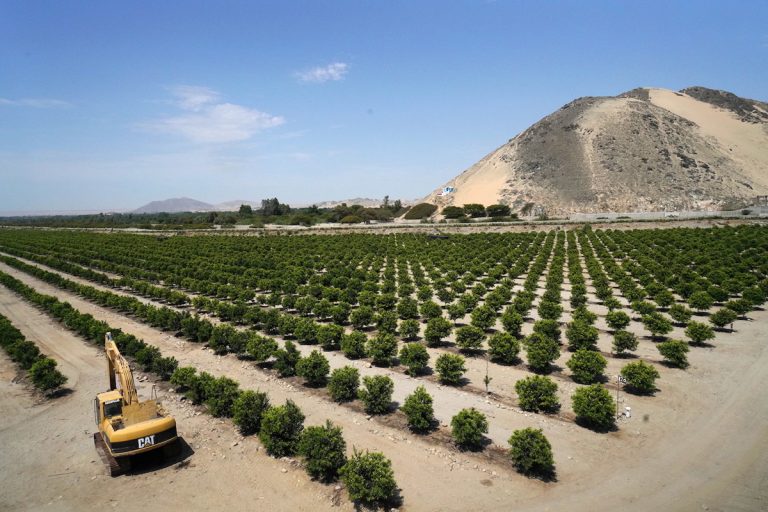
Peruvian fruit exporters are increasingly focusing their attention on China, often at the expense of Europe
Sun Fruits Exports S.A. produces avocados, table grapes and citrus fruits in the Ica department of Peru. It also arranges the export of its products from the field to the most demanding international markets, with an increasing focus on the Chinese market and on crops with a higher profitability and commercial stability, namely table grapes…
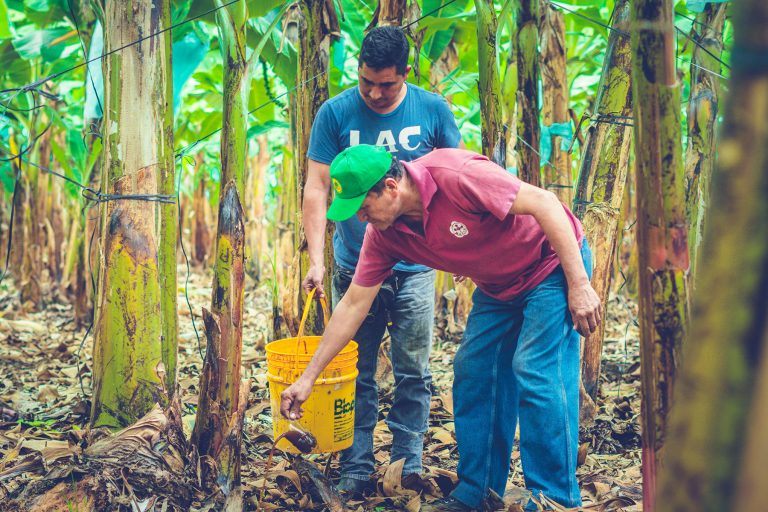
“Supermarkets prefer to keep banana prices as low as possible to win the battle for the consumer”
“In the 20 years of Fairtrade banana history in Peru, I’ve witnessed more progress in the living conditions of small-scale producers than in the 35 years of the fair trade label’s history in other sectors,” says Diego Balarezo, manager of the fruit program at Solidaridad, highlighting the success of this social and productive project carried…
